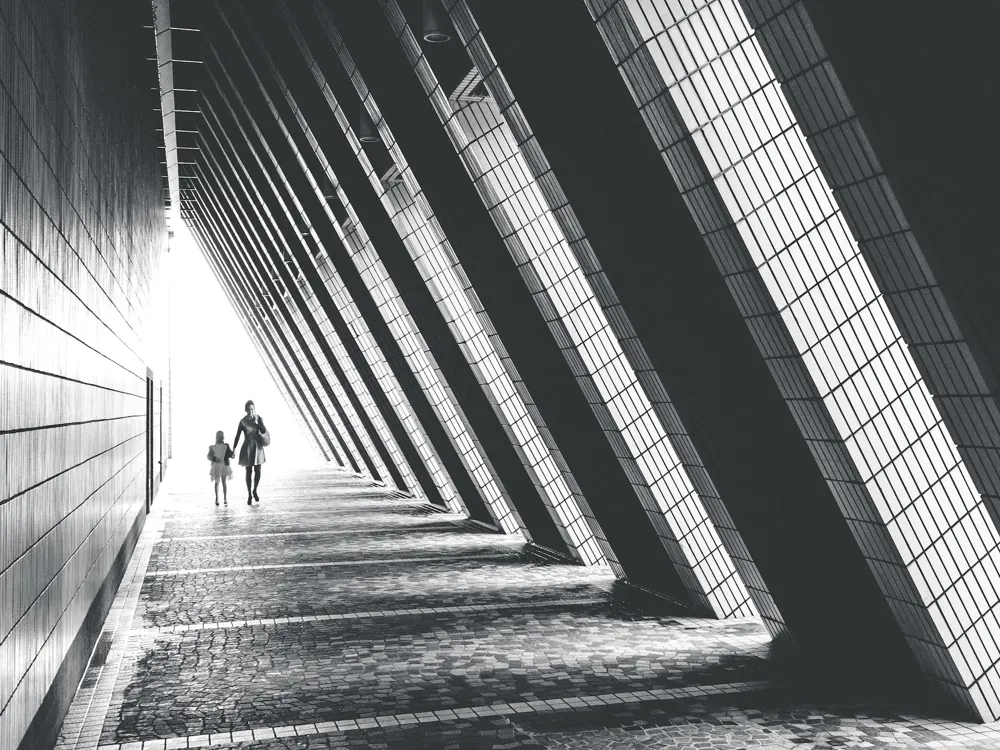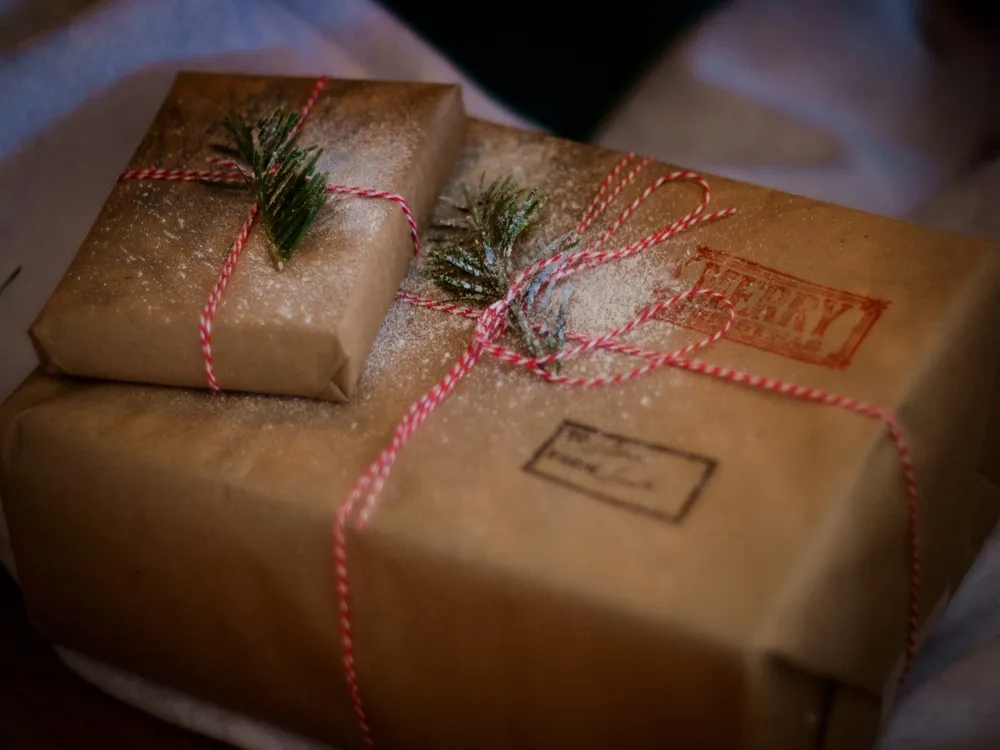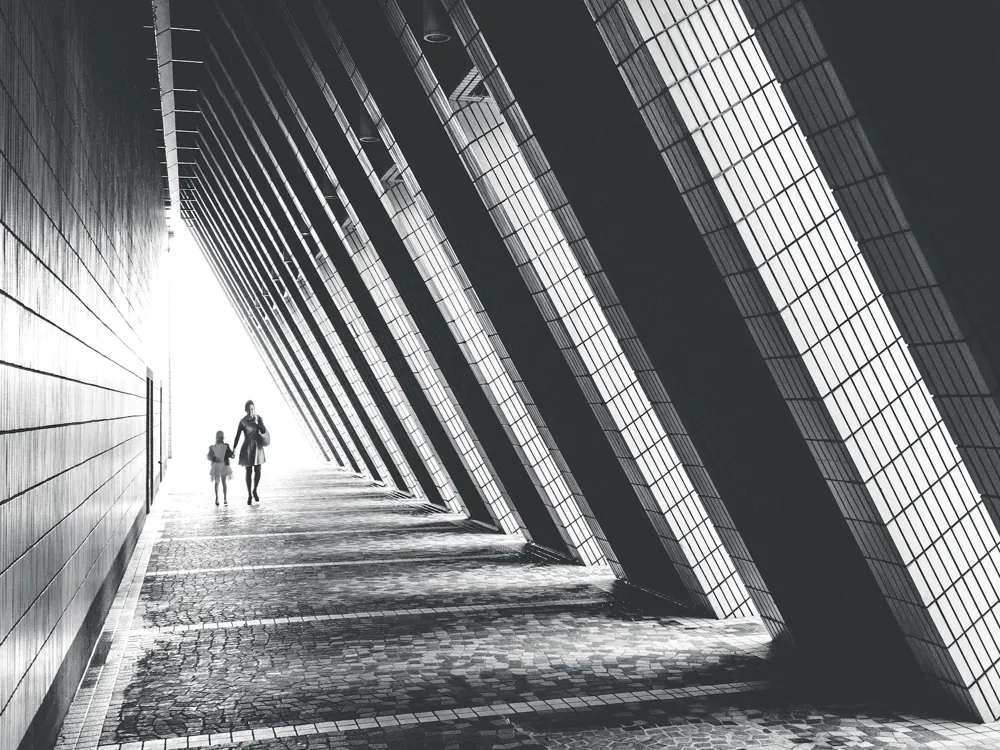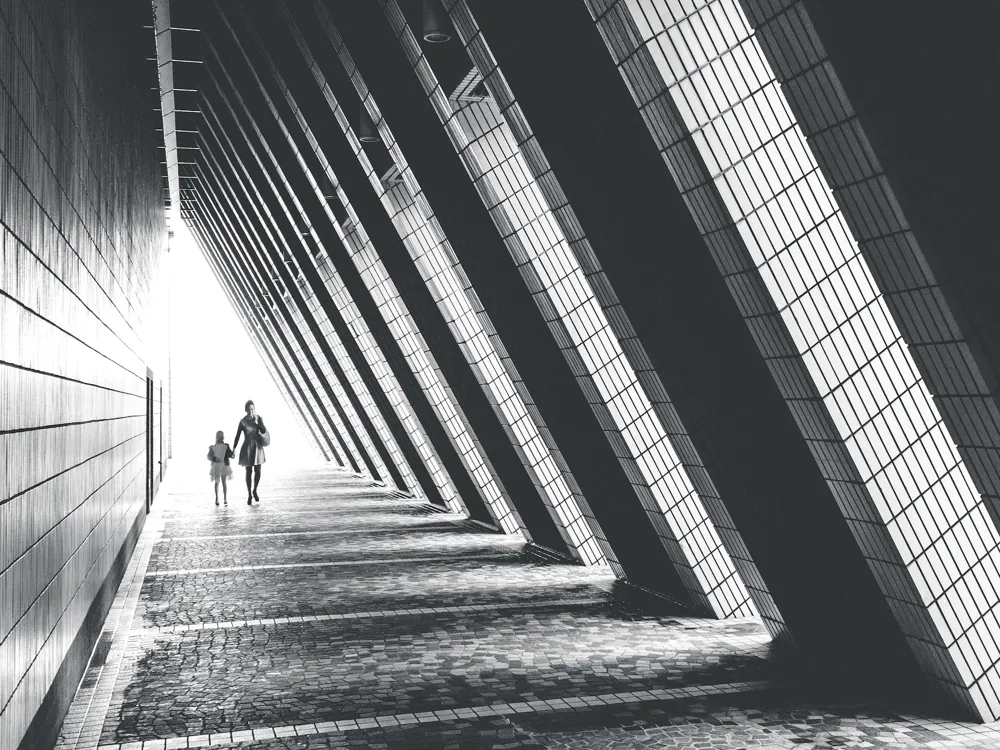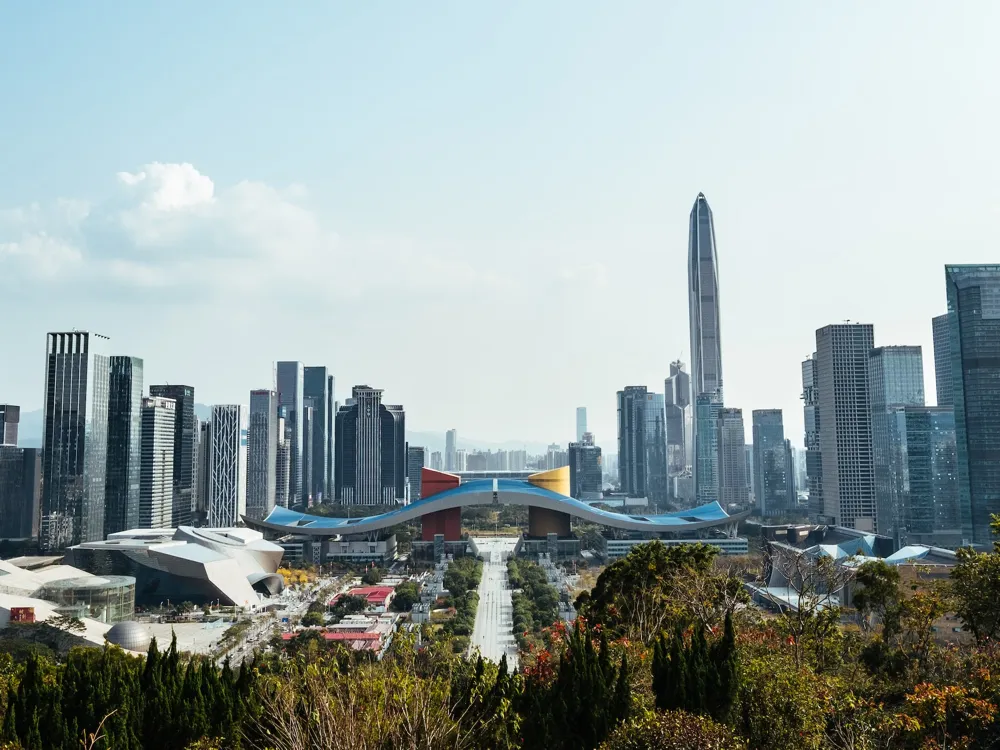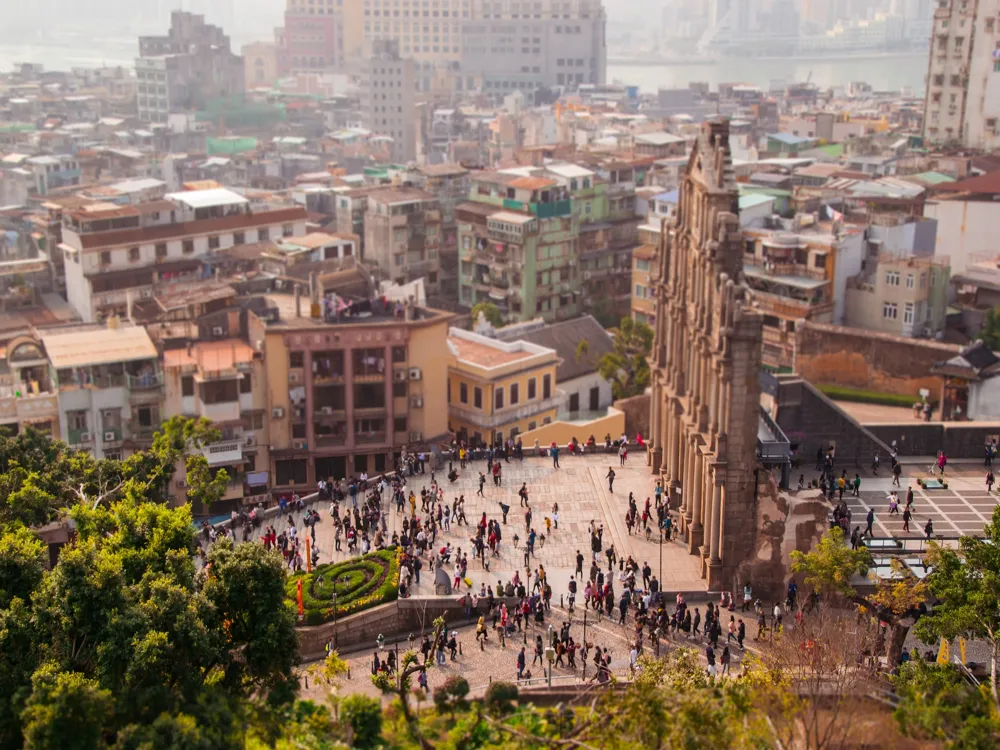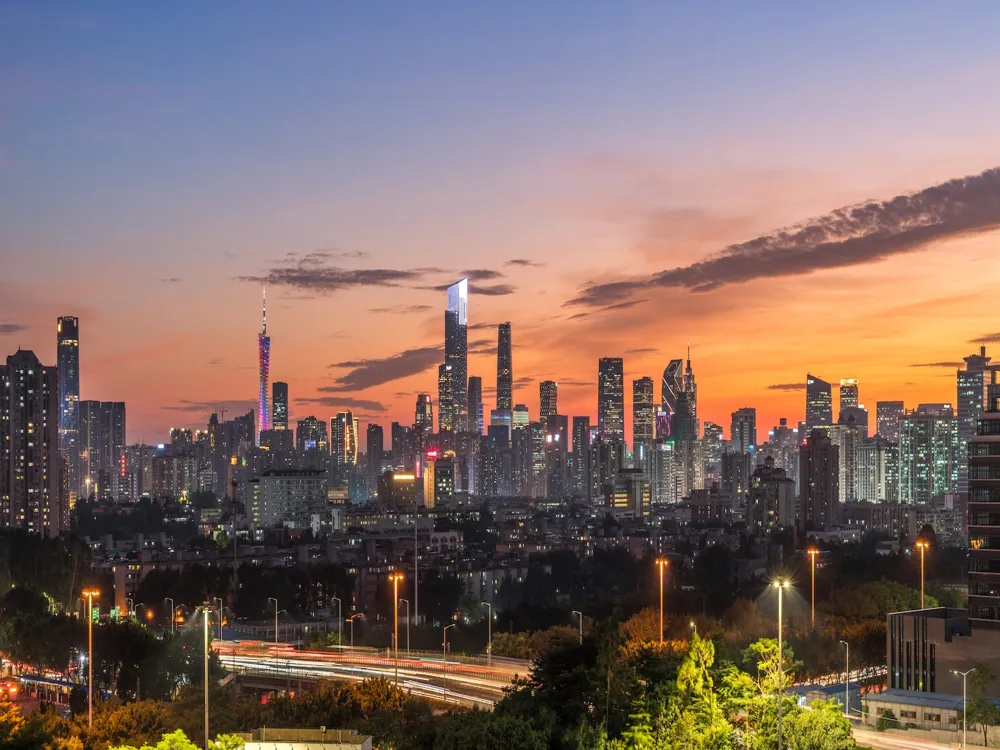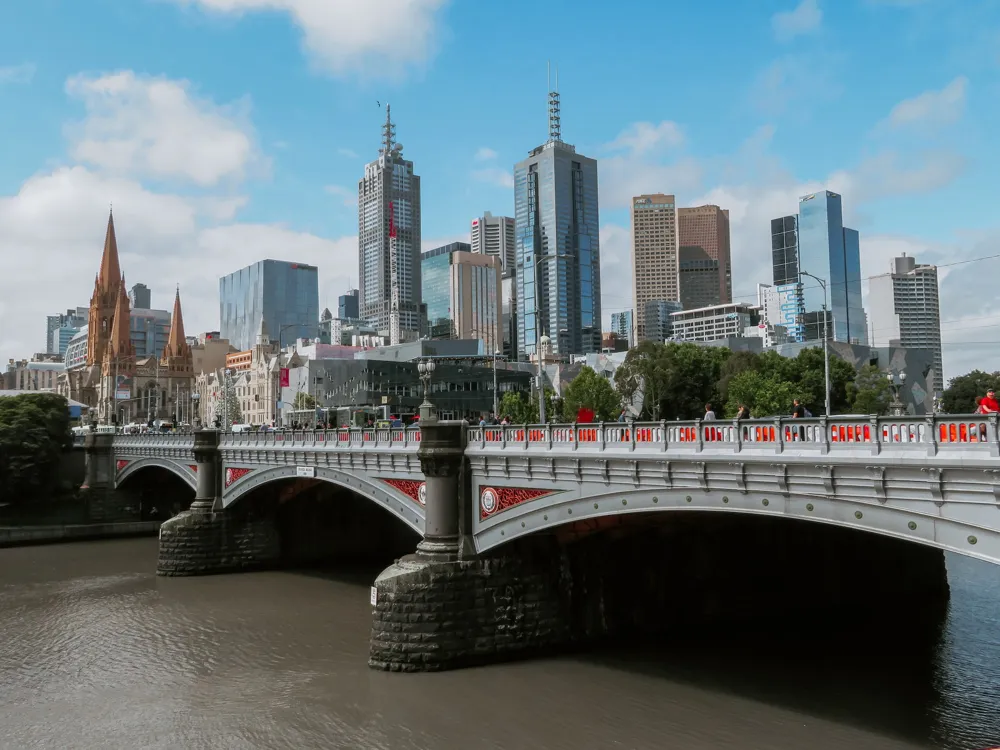The Hong Kong Ghost Festival, also known as the Hungry Ghost Festival, is a traditional Chinese festival celebrated on the 15th night of the seventh lunar month. It is a time when it is believed that the spirits of the deceased return to the earth. The festival is rooted in Chinese folklore and Buddhist and Taoist beliefs, and it has evolved into a unique cultural event in Hong Kong, blending tradition with modern practices. This vibrant festival is marked by various rituals, performances, and offerings to appease the wandering ghosts and ensure harmony between the living and the spirits. The origin of the Ghost Festival is deeply intertwined with the Chinese concept of filial piety and the veneration of ancestors. According to folklore, the gates of the afterlife open during this period, allowing spirits to visit the world of the living. Families prepare elaborate feasts, burn incense, and offer paper money and other items to honor their ancestors and provide for the needs of the spirits. The festival is not only a time for remembrance but also serves as a reflection on the interconnectedness of life and death, and the enduring bonds of family and community. The Hong Kong Ghost Festival is characterized by a unique architectural and aesthetic expression that combines traditional Chinese elements with the city's modern urban landscape. The festival's architecture is not just about physical structures but encompasses the arrangement of altars, the design of offerings, and the layout of performance spaces. During the festival, various locations in Hong Kong transform into vibrant hubs of activity, each reflecting a blend of the spiritual and the material. One of the most striking features of the festival's architecture is the temporary altars set up by local communities. These altars are often elaborate, featuring intricate designs that incorporate traditional Chinese motifs and symbols. They serve as focal points for offerings and rituals, adorned with incense sticks, paper money, and food offerings. The altars are not only a testament to the craftsmanship and artistic skills of the local community but also symbolize the bridge between the living world and the spiritual realm. In addition to the altars, the festival is also known for its paper effigies and lanterns. Artisans craft detailed paper models of houses, cars, and other items, which are then burned as offerings to the spirits. These effigies represent the material goods that the spirits might need or enjoy in the afterlife. The use of paper in these offerings is deeply symbolic, reflecting the ephemeral nature of material possessions and the transient nature of life itself. Performance spaces play a critical role in the festival's architecture. Stages for Chinese opera and other performances are set up in various neighborhoods, drawing large crowds. These performances are not just entertainment; they are also offerings to the spirits, providing them with amusement during their time in the living world. The stages are often elaborately decorated, with vibrant colors and intricate designs that create a festive and otherworldly atmosphere. The integration of modern elements into the festival's architecture is also noteworthy. In recent years, contemporary art installations and multimedia presentations have become part of the festival, reflecting Hong Kong's status as a global city and its evolving cultural identity. These modern interpretations of traditional beliefs and practices add a new dimension to the festival, creating a dynamic and ever-changing landscape of celebration and remembrance. It's important to show respect for local customs and traditions while attending the festival. Be mindful of the rituals and practices, and avoid disturbing altars or offerings. Remember, this is a significant cultural and spiritual event for the local community. When attending the festival, dress conservatively and avoid wearing revealing or flashy clothing. This shows respect for the solemnity of the occasion and the cultural norms of the local community. If you choose to participate in any rituals, such as burning incense or making offerings, do so with mindfulness and respect. Understand the meaning behind these practices to fully appreciate the experience. While photography is generally allowed, always ask for permission before taking photos of altars, offerings, or people participating in rituals. Be discreet and respectful to maintain the sanctity of the festival. While the main events are fascinating, exploring off-the-beaten-path areas can provide a deeper understanding of the festival's significance. Visit local neighborhoods and engage with residents to gain a more authentic experience. The festival is a great opportunity to try local foods and delicacies. Street vendors and local eateries often offer special dishes during the festival, providing a taste of Hong Kong's rich culinary tradition. The festival can attract large crowds, so be aware of your surroundings and keep your belongings secure. Follow local guidelines and instructions to ensure a safe experience. Reaching the Hong Kong Ghost Festival is convenient due to the city's efficient public transportation system. The festival's events are spread across various locations in Hong Kong, making them accessible by MTR (Mass Transit Railway), buses, and taxis. Key areas where the festival is celebrated, such as certain temples, parks, and community centers, are usually well-connected and easy to find. Tourists can also consider guided tours, which often include transportation and provide a structured way to experience the festival. Additionally, information centers and festival guides are available to help visitors navigate the event and its locations. Read More:Overview of Hong Kong Ghost Festival
Architecture of Hong Kong Ghost Festival
Tips When Visiting Hong Kong Ghost Festival
Respect Local Customs and Traditions
Dress Appropriately
Participate in Rituals Mindfully
Photography Etiquette
Explore Beyond the Main Events
Try Local Foods
Stay Safe and Be Aware of Crowds
How To Reach Hong Kong Ghost Festival
Hong Kong Ghost Festival
Hong Kong
NaN onwards
View hong-kong Packages
Hong-kong Travel Packages
View All Packages For Hong-kong
Top Hotel Collections for Hong-kong

Private Pool

Luxury Hotels

5-Star Hotels

Pet Friendly
Top Hotels Near Hong-kong
Other Top Ranking Places In Hong-kong
View All Places To Visit In hong-kong
View hong-kong Packages
Hong-kong Travel Packages
View All Packages For Hong-kong
Top Hotel Collections for Hong-kong

Private Pool

Luxury Hotels

5-Star Hotels

Pet Friendly







